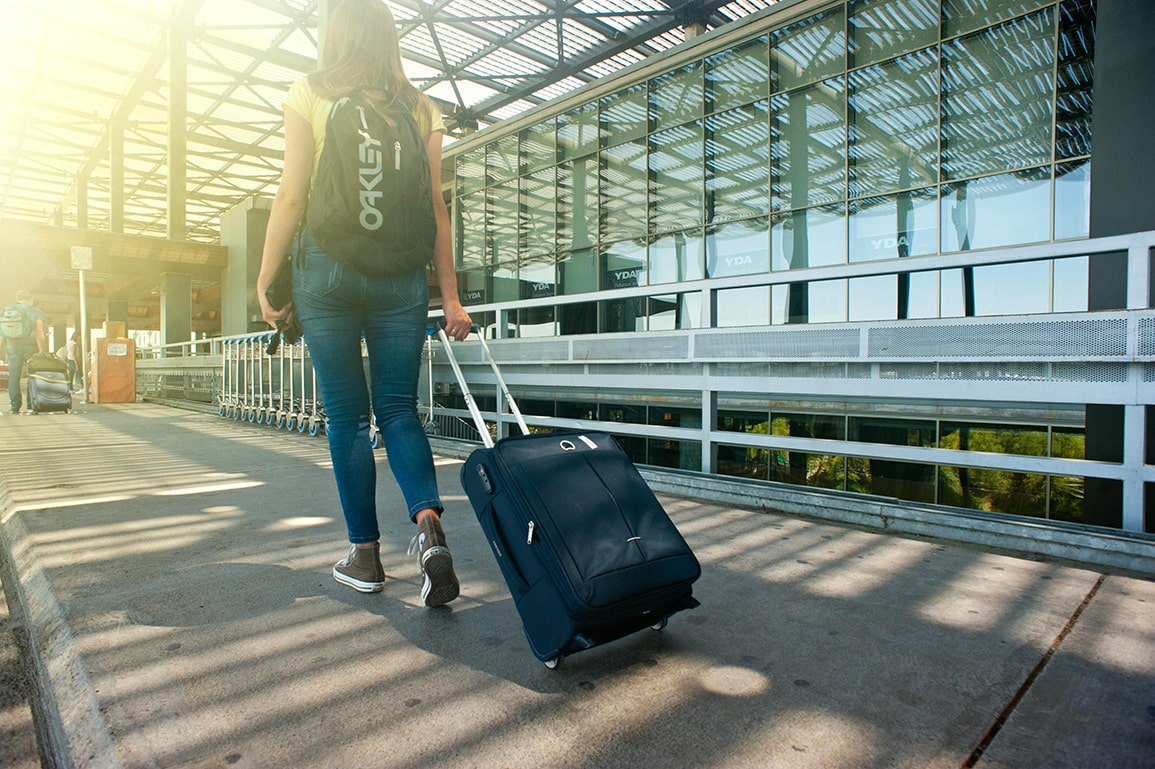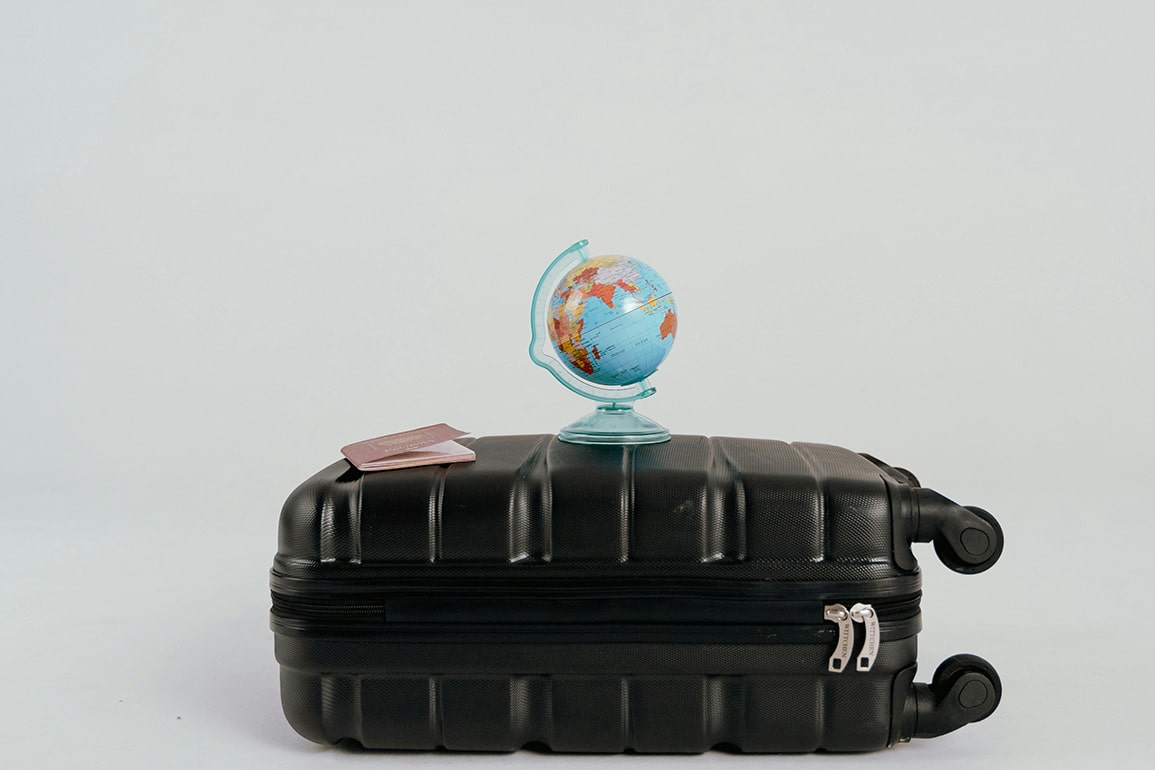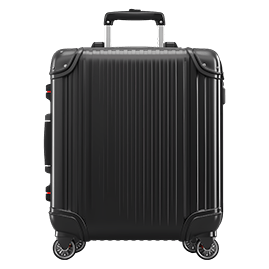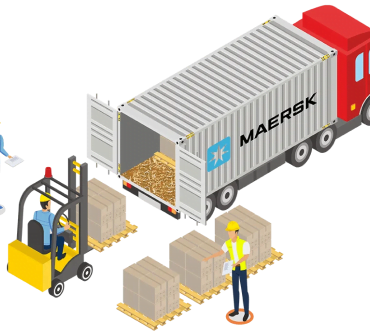Luggage is an essential travel accessory that comes in various subcategories such as suitcases, backpacks, and duffel bags. Quality and user experience are crucial factors when choosing the right luggage. Asian manufacturing countries like China, Vietnam, and Thailand are known for producing a wide range of luggage options. However, sourcing from Asia can pose potential quality risks. To mitigate these risks, thorough Quality Control and Due Diligence are essential. Buyers and QC professionals should prioritize inspecting materials, construction, and functionality to ensure the luggage meets the desired standards. By conducting diligent quality checks, buyers can confidently select reliable luggage options from Asia.



























